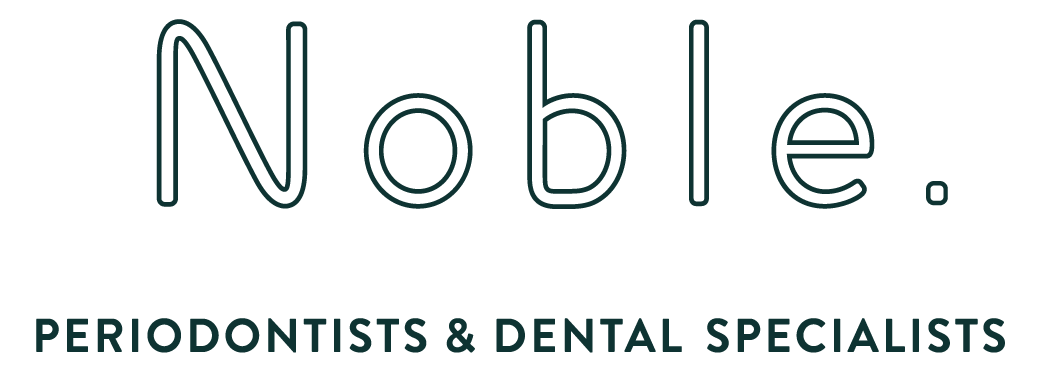Same-day vs traditional dental implants pros and cons
How do same-day implants compare to traditional implants in terms of benefits and drawbacks?
Same-day implants offer immediate teeth and fewer appointments but require excellent bone quality, while traditional implants work for more patients but need 3-6 months healing time. Research shows both achieve similar long-term success rates when proper patient selection criteria are followed.
Same-day implants provide immediate gratification. You walk out with teeth the same day, avoiding the embarrassment of gaps or temporary dentures. This is especially valuable for front teeth where aesthetics matter most. Social and professional confidence remains intact throughout treatment.
Traditional implants offer broader candidacy. Patients with softer bone, gum disease history, or complex anatomy often need the delayed loading approach. The longer healing period allows complete osseointegration before loading forces are applied.
Cost differences vary by case complexity. Same-day implants cost $6,000-$9,000 versus $6,000-$8,000 for traditional. The premium covers immediate crown fabrication and specialized technique. Multiple appointments for traditional implants can add hidden costs like time off work.
Success rates are comparable when properly selected. Same-day implants achieve 90-95% success in ideal candidates. Traditional implants reach 96-98% success across all patient types. The key is matching the technique to patient anatomy and healing capacity.
Recovery timelines differ significantly. Same-day patients avoid the second surgery needed for traditional crown placement. However, dietary restrictions may last longer with immediate load to protect the temporary crown during initial healing.
Appointment scheduling favors same-day treatment. Traditional implants require 4-6 appointments over 3-6 months. Same-day procedures can be completed in 1-2 visits, appealing to busy Auckland professionals with limited time.
Technical requirements are more demanding for same-day procedures. Surgeons need advanced training and experience. Not all Auckland practices offer immediate load options. Traditional implants are available at virtually all implant practices.
Patient compliance affects outcomes differently. Same-day patients must be extremely careful with diet and oral hygiene initially. Traditional implant patients have more forgiveness during the healing phase since no crown is present.
Long-term maintenance is identical. Both types require regular brushing, flossing, and professional cleanings. Success depends more on ongoing care than the initial loading protocol.
The decision should be individualized. Ideal candidates with excellent bone and proper bite benefit from same-day convenience. Patients with risk factors achieve better outcomes with traditional delayed loading.
Related Questions:
Which type lasts longer? Both achieve similar 20+ year lifespans when properly maintained, with success depending on patient factors rather than loading protocol.
Can failed same-day implants be replaced? Yes, failed immediate load implants can often be replaced using traditional delayed loading techniques.
Are same-day implants suitable for back teeth? Possible but more challenging due to higher bite forces - most Auckland specialists prefer delayed loading for molars.
